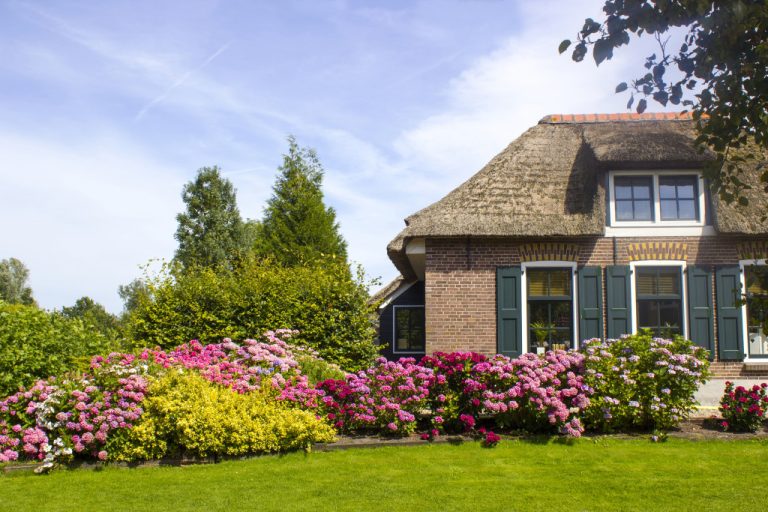If you’re in the market for a new home and it’s important to you to be close to nature, then there are certain things to keep in mind during your search. Below are a few tips to help you find the perfect house in harmony with nature. Keep these tips in mind as you look around so that when you move into your new home, you can rest assured knowing that your living space is connected to the great outdoors:
Tip 1: Window Shopping
Before committing to any property, take a few minutes to explore the area. Are there any parks nearby? What about walking trails or bike paths? Look around and get an idea of how close your potential home is to nature. Make sure you and your family have plenty of outdoor activities nearby.
You should also ensure your home has a green front or back yard. If the surrounding area is made of concrete and asphalt, you might feel less connected to nature. Consider looking for homes with lush grass or patios where you can barbecue on the weekends and enjoy a little outdoor time in your backyard.
There are usually house and land for sale listings that include the property’s exact location. You can use these to determine how close your potential home is to nature. Also, most real estate websites have interactive maps that let you zoom in and out on a property, so you can find exactly what your outdoor surroundings will be like.
Tip 2: Check Local Regulations
Before buying any property, ensure you understand what environmental regulations exist within the area. Some places may have restrictions on cutting down trees or building additional structures on the property, so it’s important to know ahead of time what limitations may be imposed by local officials.
You should also do a little research on local zoning regulations. This will help you determine if there are any restrictions on how much square footage your home can have or what building materials can be used. Additionally, considering the age of trees in the area is important when looking for a property near nature. Older trees may need to be trimmed or removed to protect your home from damage.
Tip 3: Choose Natural Materials
As much as possible, try to choose materials with natural origins when making renovations or improvements to your home. This will help keep your home in harmony with its natural surroundings and give it a unique look compared to other homes in the area. Additionally, natural materials can reduce energy costs and increase efficiency over time due to their insulation properties.
Some options include bamboo flooring, recycled glass tiles, reclaimed wood paneling, and natural stone countertops. Look for other ways to incorporate the beauty of nature into your home while keeping utility bills low. With a little research and creativity, you can find many great ideas that will help you create a beautiful home with every element in harmony with the outdoors.
Tip 4: Get Creative With Landscaping

There are lots of ways that homeowners can spruce up their property without compromising its connection with nature. Planting native plants or flowers can add color and vibrancy while providing a habitat for birds and other wildlife. Building pathways out of stone or wood can add texture and character without taking away from nature’s beauty.
When choosing flowers or plants for your yard, be mindful of which ones are native to the area. This can help protect local wildlife and keep your home looking beautiful without disrupting natural habitats. Additionally, building bird feeders or installing a small garden with easily grown vegetables is a great way to add some greenery without taking up too much space in your yard.
Tip 5: Capitalize on Your View
One way homeowners can capitalize on their connection with nature is by taking advantage of their view! Many homes have stunning views of woods, rivers, mountains, etc., so why not make the most out of them? Investing in quality windows or installing outdoor lighting fixtures can further enhance these views while adding value to your home overall.
Whether you have a clear view of the ocean, a lush forest, or rolling hills and mountains, there are plenty of ways to make the most out of your property’s natural surroundings. With a little creativity and planning, you can create an outdoor space that is truly one-of-a-kind and reflective of your love for nature.
When shopping for a new home, don’t forget about where it stands relative to nature! These tips should help guide you through this process so that when you move into your new place, you know that it is connected with its natural environment. So good luck out there – happy house hunting!












